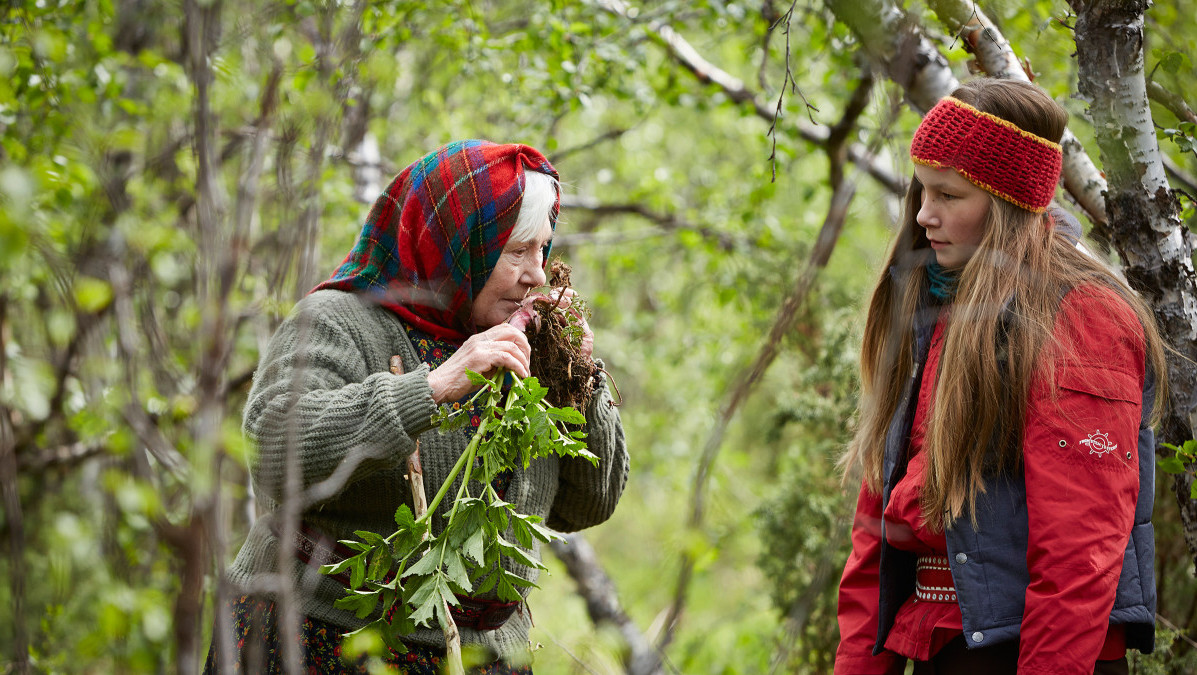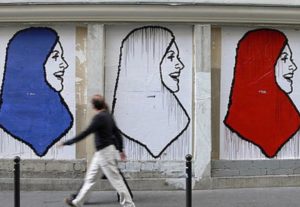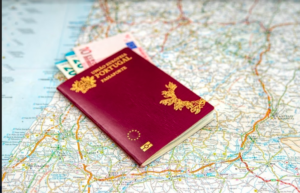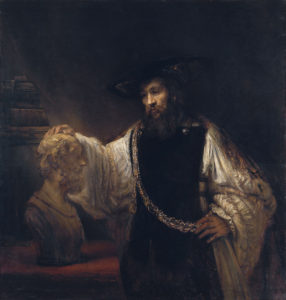The arctic landscapes of Sápmi bear a surprising resemblance to my native New Mexico. The sky opens up; the vegetation retreats, as though satisfied to play a supporting role in the visual drama; in both places, the uninterrupted vista is the star. But here, I think, the similarities probably end. Sápmi is a land of fjords, lakes, rivers and marshes. New Mexico is a desert with but one big(ish) river and a small ensemble of other streamlets.
Now—I have never been to Sápmi, the Sámi homeland that stretches through the northern reaches of Norway, Sweden, Finland and Russia’s Kola peninsula. I made my strange comparison through the magical (and distorting) lens of cinema. Scandinavia House, the New York home of the American-Scandinavian Foundation, is screening new films from Scandinavia all spring, and Friday’s selection was 7 Sámi Stories, a project of the International Sámi Film Institute.
Each of these seven short films was shot in Sápmi during the same short period in 2015 by seven Sámi directors. They form a curious mixture (as is common for short film collections). Here you have small excerpts from the universal human drama—the ambivalent relationship between parent and child, the sting of loss, the call of adventure—next to political or historical accounts of the Sámi struggle for autonomy. And each of these films is keenly attuned to the power of place.
In almost the first scene of the first film, the landscape makes its appearance. Elle Sofie Henriksen’s Sámi Boja (Sámi Boy) opens the suite of films with a beautiful shot of the wide, snow-covered landscape in which Mikkel, a reindeer herder, plies his trade despite the dark presence that haunts him. Áile Ja Áhkku (Áile and Grandmother), by Silja Somby, follows a teenage girl as she learns of the medicinal bounty of the land from her grandmother. The title characters of Ann Holmgren’s Edith & Aljosja confront the landscape directly: in an eight-minute anti-tragic reprise of the classic tale of Montagues and Capulets, Sámi Edith and Swedish Aljojsa fall for each other despite the river that divides them. Hilbes Biigá (O.M.G.: Oh Máigon Girl), by Marja Bål Nango, takes place during the short period of time each year when, north of the Arctic Circle the sun doesn’t set.
Two films address directly the history of cultural repression that the Sámi endured at the hands of their neighbors to the south. Ellos Sápmi (Long Live Sápmi) is a satirical account of the creation of the first Sámi parliament in Norway. Iðitsilba (Burning Sun) shows a frightening encounter between a Sámi tribe and a Christian priest come to cleanse them of a sinful practice: the wearing of a hat that’s shaped, he says, like the Devil’s own horns.
“New Nordic Cinema” is on every Wednesday and Friday at Scandinavia House (58 Park Avenue). Next week will feature “Films from the Faroe Islands” and the week after that will be Hafsteinn Gunnar Sigurðsson’s París Norðursins (Paris of the North). If, like me, you’re a bit of a film nut, I can tell you this is a worthwhile $10 outing.
Image courtesy International Sámi Film Institute.






Be First to Comment